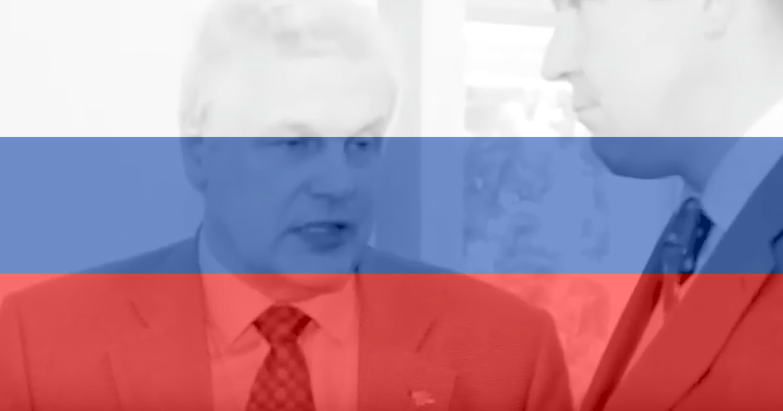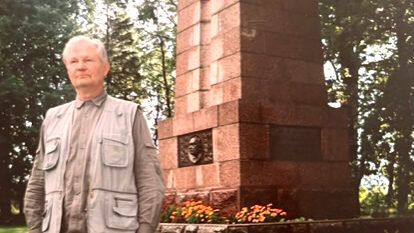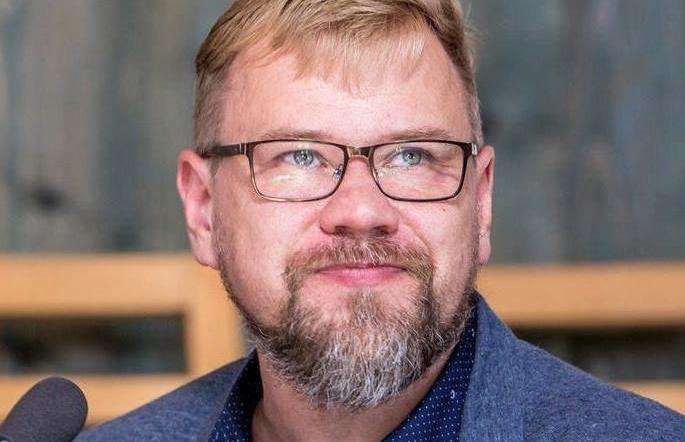Jakovlev, cold-heartedly, at their last meeting stated bluntly that Simm's general's rank and medals were fictitious, they never existed – and that he was simply a traitor whose loyalty could be bought.
A brief summary for readers will remind them as to who Herman Simm is. Born in 1947 in Suure-Jaani, Simm was the former chief of the Estonian Defence Ministry's security department and convicted Russian spy. The Simm case became the first one since the re-establishment of independence in 1991 involving an authentic agent of a foreign power who was identified, exposed, tried and convicted of treason.
The criminal case was pursued by the Office of the Public Prosecutor and by KaPo (Security Police) in co-operation with the Ministry of Defence and the Information Board. In February of 2009, Simm pleaded guilty to treason and was sentenced to twelve and a half years and a fine of 20,155,000 EEK in damages. Estonia's Penal Code foresees punishment of three to fifteen years for treason.
Also in 2009 Simm filed for personal bankruptcy. While he estimated his liquid ssests to total 5.4 million EEK, the Ministry of Defence, in agreement with court findings, stated that the total was 21.5 million EEK with Simm owing 2.1 million EEK to a bank. With the lack of a prenuptial agreement between Simm and his wife Hete Simm, the ensuing bankruptcy hearings were complicated. However the courts still approved Simm's bankruptcy application in 2009 and declared him bankrupt.
His journey to being one of the most destructive spies penetrating NATO's stronghold of secrets was not all deliberate but replete with luck and opportunity. In 1966, as a chemistry student in Tallinn, Simm witnessed a brawl between police and a gang of boys in the city's suburbs. He waded in on the side of the police who then managed to lick the gang.
They didn't expect a student to help them, especially in a fight. In gratitude they offered him a job. According to Mihkel Kärmas, the producer of a documentary film about Simm, this was the beginning of Simm's co-operation with the KGB. Others state that the KGB recruited him, by using him as a ‘trustee' during a stint as a assistant chief of the ‘guards unit' within the police.
Apparently Simm did not confide in his family about his new job. His aunt, having been a victim of Stalin's brutality, was extremely upset when she found out. A basic contradiction in Simm's personal value system was being confirmed at the church in Suur-Jaani, a fact that he also kept secret from his aunt.
His joining with the Communist Party was explainable. His duties involved accompanying delegations and this required someone who was considered to be correctly aligned politically.
Simm advanced quickly up the ladder in the police bureaucracy, graduating with honours from the USSR's Interior Ministry Academy in 1975. Being second in command of the ‘guards unit' and a Ltn. Colonel, he had to sign a document required by the KGB committing him to secrecy about any co-operation with the KGB that was required of him.
This wasn't considered to be a signature of a full-fledged agent. According to Simm himself he fulfilled some requests of ‘technical assistance' for the KGB and the signature would be assurance that he keep this secret. The KGB on occasion had to enter residential or other premises clandestinely and it was in the purview of the assistant chief of the ‘guard unit' to disconnect any technical security device or instruct guards at the location to ignore the ‘illegal' entry. Foreigners were under constant surveillance and in many instances the aid of the miilits was required.
Laas Leivat (To be continued.)




